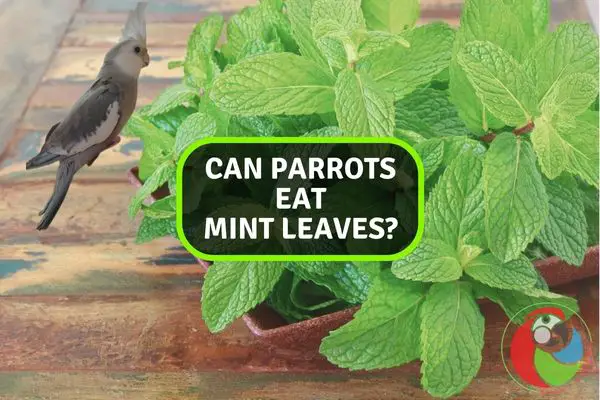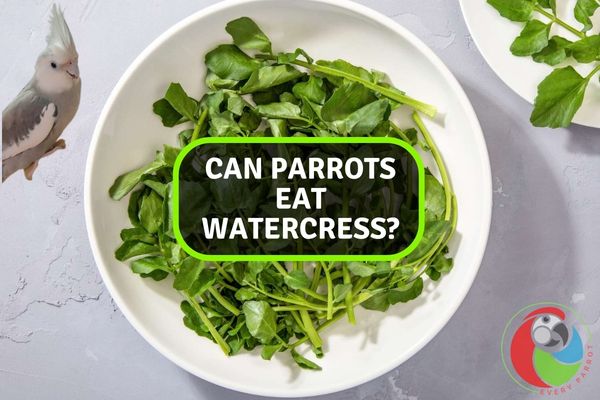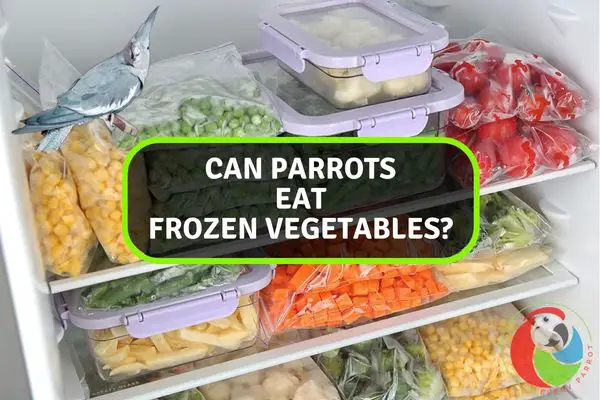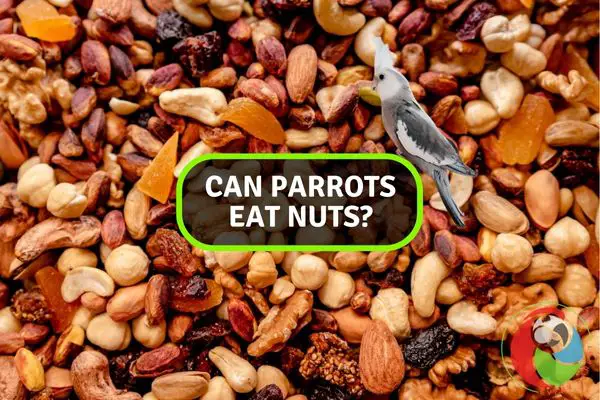Can Parrots Eat Tamarind?
Parrots are renowned for their vibrant personalities and diverse dietary preferences. Among the many foods that pique the curiosity of parrot owners is tamarind, a tangy tropical fruit native to Africa and Asia. This distinctive fruit, with its unique blend of sweetness and tartness, raises the question: Can parrots safely indulge in its flavors?
While parrots are generally considered omnivores, capable of consuming a wide range of foods, it is crucial to assess the suitability of any new addition to their diet. Tamarind’s rich vitamin and mineral content may offer potential health benefits, yet moderation is essential to avoid digestive issues or imbalances.
This article provides a comprehensive exploration of tamarind’s nutritional profile, potential benefits, and risks, by consulting avian experts and existing research. We’ll uncover if tamarind is a safe and beneficial addition to your feathered friend’s diet or if it should remain off their menu.
Can Tamarind be Safely Introduced into Your Parrot’s Feeding Routine?
Yes, tamarind can be safely introduced into your parrot’s diet. This tangy fruit is non-toxic to parrots and can provide a different flavor profile for your bird’s palate. Like all new foods, tamarind should be introduced gradually, and its effects monitored closely.

Nutritional Value of Tamarind
Tamarind is a unique fruit known for its tangy taste and high nutrient content. Below is a table showing the nutritional value of tamarind per 100g.
| Nutrient | Amount per 100g |
| Calories | 239 kcal |
| Protein | 2.8 g |
| Fat | 0.6 g |
| Carbohydrate | 62.5 g |
| Fiber | 5.1 g |
| Sugars | 57.4 g |
| Vitamin C | 3.5 mg |
| Vitamin A | 30 IU |
| Potassium | 628 mg |
| Calcium | 74 mg |
(Source: United States Department of Agriculture)
Potential Health Benefits of Tamarind for Your Parrot
Tamarind holds several potential health benefits for your parrot:
Feather Shine and Bone Strength with Calcium
Peek into a tamarind pod and you’ll find not just a tangy delight, but also a hidden treasure of calcium. This mineral is vital for your parrot’s bone health and beak strength.
Better yet, calcium has a secret sidekick role in giving your parrot’s feathers a stunning, glossy sheen. Tamarind-fed parrots are likely to flaunt their vibrant plumage, showing off their robust health and well-being to the world.
Iron to Keep the Energy Levels Up
Parrots are energetic, vivacious creatures. They’re always on the move, whether they’re playing, exploring, or showing off their impressive flight skills. Tamarind, rich in iron, can help your parrot maintain these high energy levels.
Iron boosts the production of red blood cells, helping to deliver oxygen throughout your parrot’s body more efficiently. Serve up some tamarind, and watch as your pet’s vitality soars.
Digestive Health with Dietary Fiber
Here’s the truth – keeping a parrot’s digestive system in top form can sometimes be a bit of a challenge. But don’t worry, tamarind is here to save the day!
Filled with dietary fiber, this fruit aids in regular bowel movements, keeping your parrot’s digestive system humming along nicely. You’ll find that a happy, comfortable parrot is a joy to be around.
Eye Health: A Clear Vision
A parrot’s vision is among the sharpest in the animal kingdom. But even the best natural vision can benefit from a little nutritional boost. That’s where the beta-carotene in tamarind comes into play.
This powerful antioxidant supports your parrot’s eye health, keeping their vision clear and bright. After all, a parrot with keen eyesight can navigate their world with confidence and precision.
Potential Risks or Negative Effects of Feeding Tamarind to Your Parrot
While tamarind can be a good addition to your parrot’s diet, some potential risks should be considered:
Nutritional Imbalance in Parrots
Tamarind, despite its tangy flavor and high vitamin content, may disrupt the nutritional balance of your parrot. Parrots thrive on a varied diet including fresh fruits, vegetables, and high-quality pellets, but overfeeding them with tamarind may skew this balance.
The high acidic content and sugar in tamarind can lead to nutritional deficiencies if other important food sources are neglected.
Potential Digestive Problems
A diet high in tamarind can potentially cause digestive issues in parrots. The excess sugar in tamarind might result in an overgrowth of harmful bacteria in your feathered friend’s gut. When the balance of gut flora is disrupted, your parrot could end up with diarrhea or other uncomfortable digestive problems.
Dental Health Concerns
Imagine the harm sugar can do to your teeth; now think about the same for your parrot. Overconsumption of tamarind can pose a serious threat to your parrot’s dental health, leading to tooth decay or even loss.
The acidic nature of tamarind also poses a risk as it can erode the enamel of your parrot’s beak, causing sensitivity and pain.
Risk of Obesity and Diabetes
Birds, like humans, can develop diabetes, and obesity is a significant risk factor for this disease. Regular feeding of tamarind, with its high sugar content, can lead to weight gain and obesity in your parrot.
Over time, this could increase the likelihood of your bird developing diabetes, a condition that requires careful and often complicated management.
Possible Kidney Damage
Feeding your parrot too much tamarind might strain its kidneys. Birds have highly efficient kidneys to cope with a high-protein diet.
But the high concentration of certain minerals in tamarind, such as oxalates, could lead to the formation of kidney stones, causing severe pain and potentially leading to kidney damage.
Preparing and Presenting Tamarind for Your Parrot
Serving tamarind to your parrot requires a little creativity and moderation. It’s vital to serve tamarind in ways that can be easily consumed and enjoyed by your parrot without causing health risks. Here are some ideas:

Tamarind Pellets
Consider making homemade pellets by combining tamarind paste, crushed pellets, and a bit of flour. The dough can be baked into small pellets that your parrot can munch on. Remember, these treats should only make up a small portion of your parrot’s diet.
Fruit Salad
Create a bird-friendly fruit salad that includes a small amount of tamarind. Combine tamarind with other fruits such as apples, pears, or bananas. Chop everything into small, bite-sized pieces that are easy for your parrot to pick up.
Tamarind Dipped Nut Treat
Parrots love nuts, and a small dollop of tamarind paste on an almond or walnut can make for a special treat. Keep in mind, though, that both tamarind and nuts should be given sparingly due to their high-calorie content.
Frozen Tamarind Treats
In the hotter months, you can create a cooling snack for your parrot by freezing small amounts of tamarind paste into ice cube trays. These can be given as a rare treat to help your parrot cool down.
Parakeet Having Tamarind from Tree
Conclusion
It is safe for parrots to consume tamarind in moderate amounts. Tamarind can provide a tangy and flavorful addition to their diet, offering essential nutrients like vitamins, minerals, and fiber. Remember that tamarind should be given as an occasional treat rather than a staple food. Parrots have specific dietary requirements, and their primary diet should consist of a balanced mix of fresh fruits, vegetables, seeds, and pellets.
As responsible caretakers, we must ensure that we introduce new foods gradually, monitor their response, and consult with avian veterinarians for specific dietary recommendations for our feathered friends.








